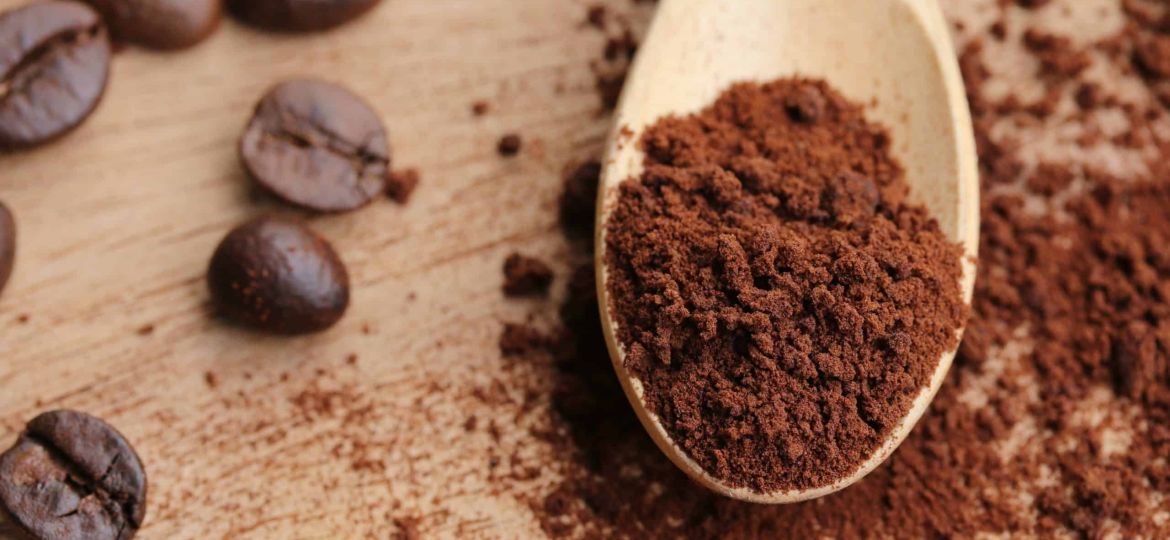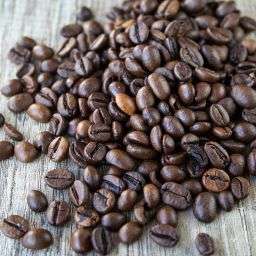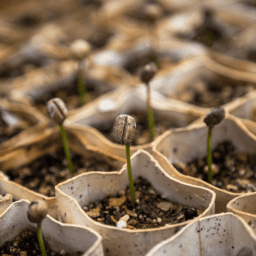
Grinding coffee beans is a critical step in the coffee-making process, directly impacting the freshness and flavor of the final brew. When coffee beans are ground, they expose a larger surface area to water, allowing for the extraction of flavors, oils, and aromas that define the coffee’s character.
Grinding beans just before brewing ensures that these volatile compounds are preserved, enhancing the coffee’s richness and complexity. This practice contrasts sharply with using pre-ground coffee, which can lead to a stale and flat taste due to the rapid oxidation of the exposed surfaces.
The Basics of Coffee Beans and Grinding
Coffee beans come in various types, each with unique characteristics that influence the taste of the coffee. The two primary species of coffee beans are Arabica and Robusta, with Arabica being known for its smooth, complex flavor profiles and Robusta for its stronger, more robust taste.
The origin, elevation, and processing of the beans further affect their flavor, acidity, body, and aroma. Understanding these differences is crucial as they dictate the appropriate grinding approach to optimize the coffee’s qualities.
The Grinding Process
How to Grind Coffee Beans: A Step-by-Step Guide
Grinding coffee beans involves several key steps to ensure the best possible flavor extraction:
- Selection of Beans: Choose high-quality, freshly roasted beans that suit your taste preference.
- Measurement: Use a scale to measure the beans accurately. A general guideline is to use a 1:15 coffee-to-water ratio.
- Grinding Techniques: Select the correct grind size for your brewing method—coarse for French press, medium for drip coffee, and fine for espresso. Use a grinder that provides consistent grind sizes to avoid uneven extraction.
Selecting the Right Grinder for Your Beans
The choice between burr and blade grinders significantly affects the consistency of the coffee grind. Burr grinders, which crush beans between two abrasive surfaces, offer a uniform grind size, essential for achieving optimal extraction and flavor. Blade grinders, in contrast, chop the beans, resulting in inconsistent grind sizes that can lead to uneven extraction.
Manual and electric options cater to different preferences in terms of effort and convenience, with manual grinders offering portability and a hands-on experience, while electric grinders provide speed and ease of use. The selection of the grinder should align with your brewing method and personal preferences to achieve the best coffee experience.
Understanding Grind Sizes and Brewing Methods
The grind size of coffee beans significantly influences the flavor and quality of the coffee. Different brewing methods require different grind sizes to optimize extraction, the process where water pulls flavors from the coffee grounds.
- Coarse Grind: Resembling sea salt, coarse grinds are ideal for French Press and cold brew methods. The larger particles allow for a slower extraction, suitable for the long steeping times these methods require.
- Medium Grind: Similar to beach sand, medium grinds are perfect for drip coffee makers and pour-over methods like the Chemex. This grind size offers a balanced extraction, producing a smooth and flavorful cup.
- Fine Grind: Finer than table salt, fine grinds are best suited for espresso machines, where the water is forced through the grounds quickly under pressure. This grind size allows for a quick, yet thorough extraction, essential for creating a rich and intense espresso.
- Extra Fine Grind: Almost powdery, extra fine grinds are used for Turkish coffee, where the coffee is fully immersed and boiled, requiring a very thorough extraction.
Choosing the correct grind size is crucial, as too coarse a grind will result in under-extraction, producing a weak and sour coffee, while too fine a grind can lead to over-extraction, yielding a bitter and harsh brew.
Alternative Grinding Methods Without a Grinder
Not having a coffee grinder doesn’t mean you can’t enjoy freshly ground coffee. Here are some inventive methods to grind coffee beans without a traditional grinder:
- Mortar and Pestle: This ancient tool offers control over the grind size, from coarse to fine. It’s ideal for a hands-on approach and achieving a uniform grind with a bit of effort.
- Rolling Pin: By using a rolling pin, you can crush the coffee beans between the pin and a hard surface. This method is effective for creating a coarse to medium grind but requires patience to achieve consistency.
- Kitchen Appliances: A blender or food processor can be used to grind coffee beans in a pinch. Use the pulse feature to prevent the beans from overheating and aim for a coarse grind to avoid damaging the blades. However, this method may not provide the same level of uniformity as a coffee grinder.
These alternative grinding methods, while not as precise as a burr grinder, can still produce a satisfactory grind for your coffee, allowing you to enjoy a fresh brew with just a bit more effort and creativity.
Advanced Tips and Tricks
Mastering the Perfect Grind
Achieving the perfect grind requires precision and attention to detail. Here are advanced tips to elevate your coffee grinding:
- Measuring Beans Accurately: Use a digital scale to measure your coffee beans before grinding. This ensures a consistent coffee-to-water ratio for optimal flavor extraction.
- Purging an Automatic Grinder: Before adjusting the grind size, run the grinder for a few seconds and discard the grounds. This clears any residual coffee from the previous setting, ensuring consistency.
- Dialing in Espresso: For espresso, minor adjustments can have a big impact. Start with a recommended setting and adjust one variable at a time, such as grind size or tamp pressure, to achieve the desired extraction time and flavor profile.
Keeping Your Grinder in Top Shape
Regular maintenance is key to a grinder’s longevity and performance:
- Cleaning: Disassemble and clean your grinder regularly to remove coffee oils and residue.
- Calibration: Check your grinder’s calibration periodically, especially if you notice a change in grind size or consistency.
Troubleshooting Common Grinding Issues
Addressing common grinding issues can improve your coffee quality:
- Uneven Grinds: Ensure your grinder is clean and well-maintained. For burr grinders, check for wear and tear on the burrs.
- Grinder Jams: Remove any foreign objects and excess coffee buildup. Regular cleaning prevents jams.
- Flavor Issues: Adjust grind size, and ensure beans are fresh. Cleaning the grinder also removes stale flavors.
FAQs
Frequently Asked Questions About Coffee Grinding
- Can I grind coffee beans in advance? While it’s best to grind beans right before brewing for maximum freshness, you can grind in small batches to use within a few days. Store in an airtight container away from light and heat.
- How do I choose the right grind size for my brewing method? Match the grind size to your brewing method: coarse for French Press, medium for drip coffee, and fine for espresso. Adjust based on taste preferences and specific equipment recommendations.
Conclusion
Grinding coffee beans is an essential step in brewing a perfect cup of coffee. It allows for the full extraction of flavors, contributing to the richness and complexity of the coffee. Regular maintenance and understanding how to troubleshoot common issues can enhance your grinding process.
Experimenting with grind sizes and brewing methods can help you discover your ideal coffee flavor, making each cup a rewarding experience.









